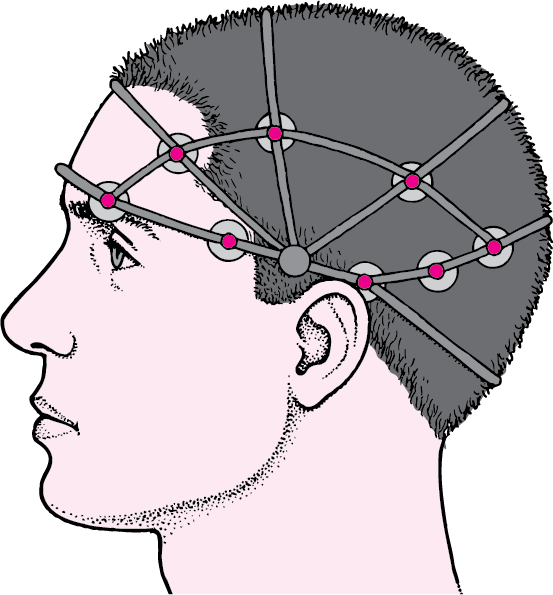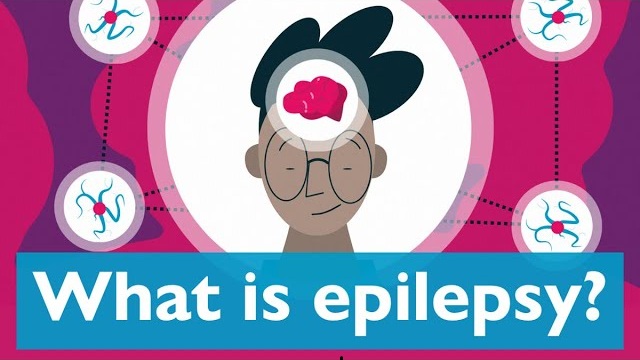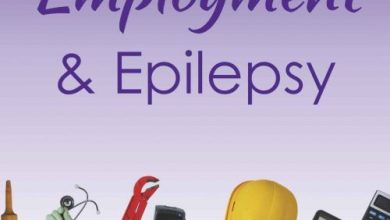
Repurposing Existing Drugs for Epilepsy Treatment: A Promising Approach
Epilepsy is a complex neurological disorder characterized by recurrent seizures. While there are several antiepileptic drugs (AEDs) available, not all patients achieve adequate seizure control or tolerate the side effects. In recent years, researchers have been exploring the repurposing of existing drugs, originally developed for other conditions, as potential treatments for epilepsy. This article will delve into some of the existing drugs being repurposed for epilepsy, highlighting their mechanisms of action and potential benefits.
Cannabidiol (CBD): Harnessing the Therapeutic Potential of Cannabis
Cannabidiol (CBD), a non-psychoactive compound derived from the cannabis plant, has gained significant attention for its potential antiepileptic properties. Epidiolex, a purified form of CBD, has been approved by the U.S. Food and Drug Administration (FDA) for the treatment of specific epilepsy syndromes, such as Dravet syndrome and Lennox-Gastaut syndrome. CBD is believed to modulate the endocannabinoid system, which plays a role in regulating neuronal excitability and inflammation.
Sodium Channel Blockers: Repurposing Drugs for Stabilizing Electrical Activity
Sodium channel blockers, traditionally used to treat conditions like cardiac arrhythmias and mood disorders, have shown promise in managing epilepsy. Drugs such as lamotrigine and lacosamide have been repurposed for epilepsy treatment due to their ability to stabilize abnormal electrical activity in the brain. These medications work by blocking sodium channels, reducing the excessive firing of neurons that can lead to seizures.
Antidepressants: Dual Benefits for Epilepsy and Mood Disorders
Certain antidepressant medications have demonstrated antiepileptic properties and are being repurposed for epilepsy treatment. Selective serotonin reuptake inhibitors (SSRIs) and tricyclic antidepressants (TCAs) have shown efficacy in managing both epilepsy and comorbid depression or anxiety disorders. The exact mechanisms by which these drugs exert their antiepileptic effects are not fully understood, but they may involve modulation of neurotransmitter systems and enhancement of inhibitory signaling.
Antihistamines: Exploring the Role of Histamine Receptors in Seizure Control
Antihistamine medications, commonly used to treat allergies, have shown potential in reducing seizure activity. Drugs like diphenhydramine and cetirizine, which block histamine receptors in the brain, may help control abnormal electrical activity. The exact mechanisms underlying their antiepileptic effects are still being investigated, but it is believed that histamine receptors play a role in regulating neuronal excitability.
Anti-inflammatory Drugs: Targeting Inflammation in Epilepsy
Inflammation in the brain has been implicated in the development and progression of epilepsy. As a result, anti-inflammatory drugs, such as ibuprofen and celecoxib, are being explored for their potential antiepileptic effects. These drugs may help reduce inflammation and modulate the immune response, thereby reducing seizure frequency. However, further research is needed to determine their efficacy and safety in different epilepsy subtypes.
Conclusion:
The repurposing of existing drugs for epilepsy treatment offers a promising avenue for improving seizure control and expanding treatment options. Drugs like cannabidiol, sodium channel blockers, antidepressants, antihistamines, and anti-inflammatory medications have shown potential in managing epilepsy, either as standalone treatments or as adjuncts to traditional AEDs. However, it is important to note that further research is needed to establish their efficacy, safety, and optimal dosing for specific epilepsy subtypes. As the field of epilepsy research continues to evolve, repurposing existing drugs provides a valuable strategy for enhancing patient care and improving outcomes for individuals living with epilepsy.




